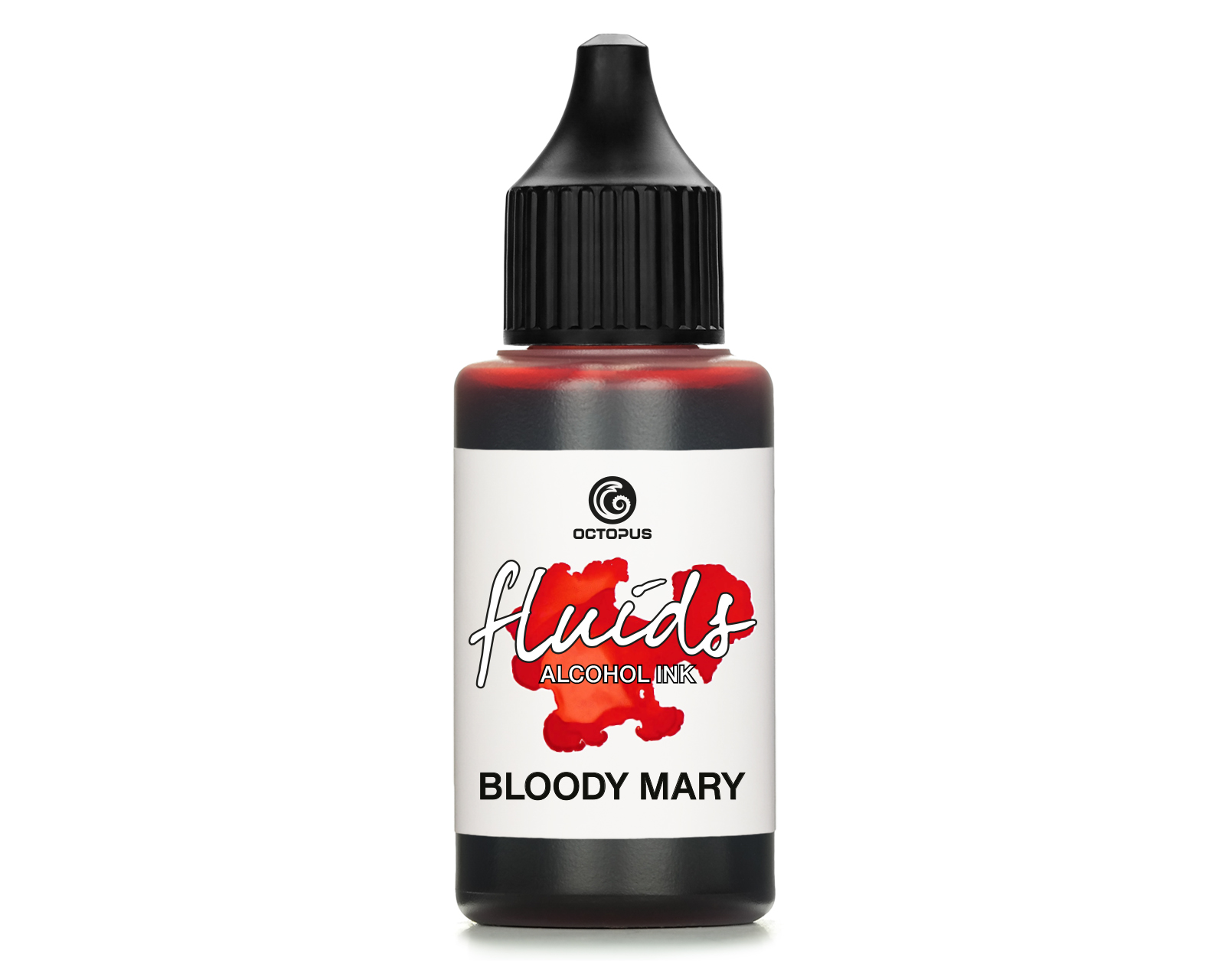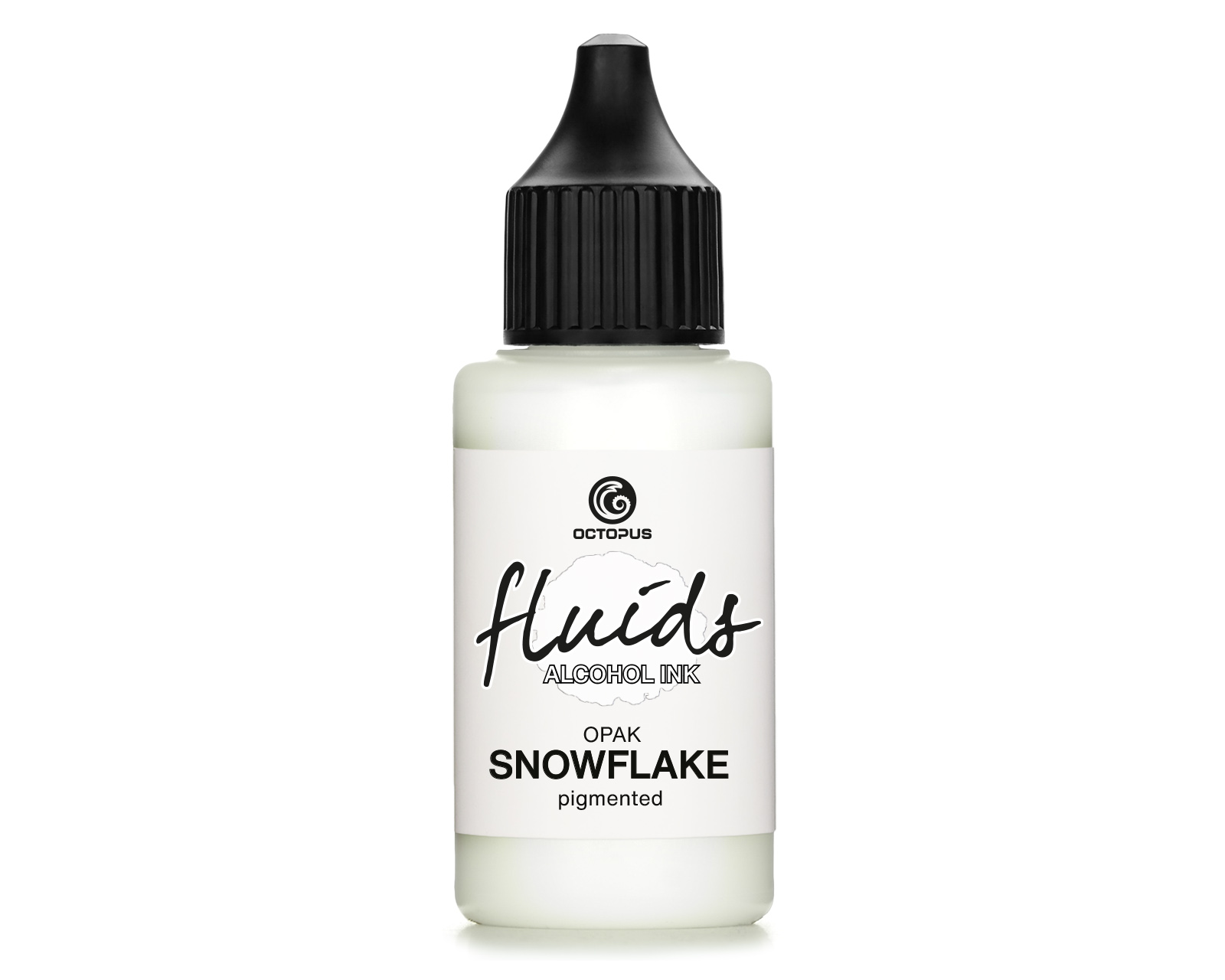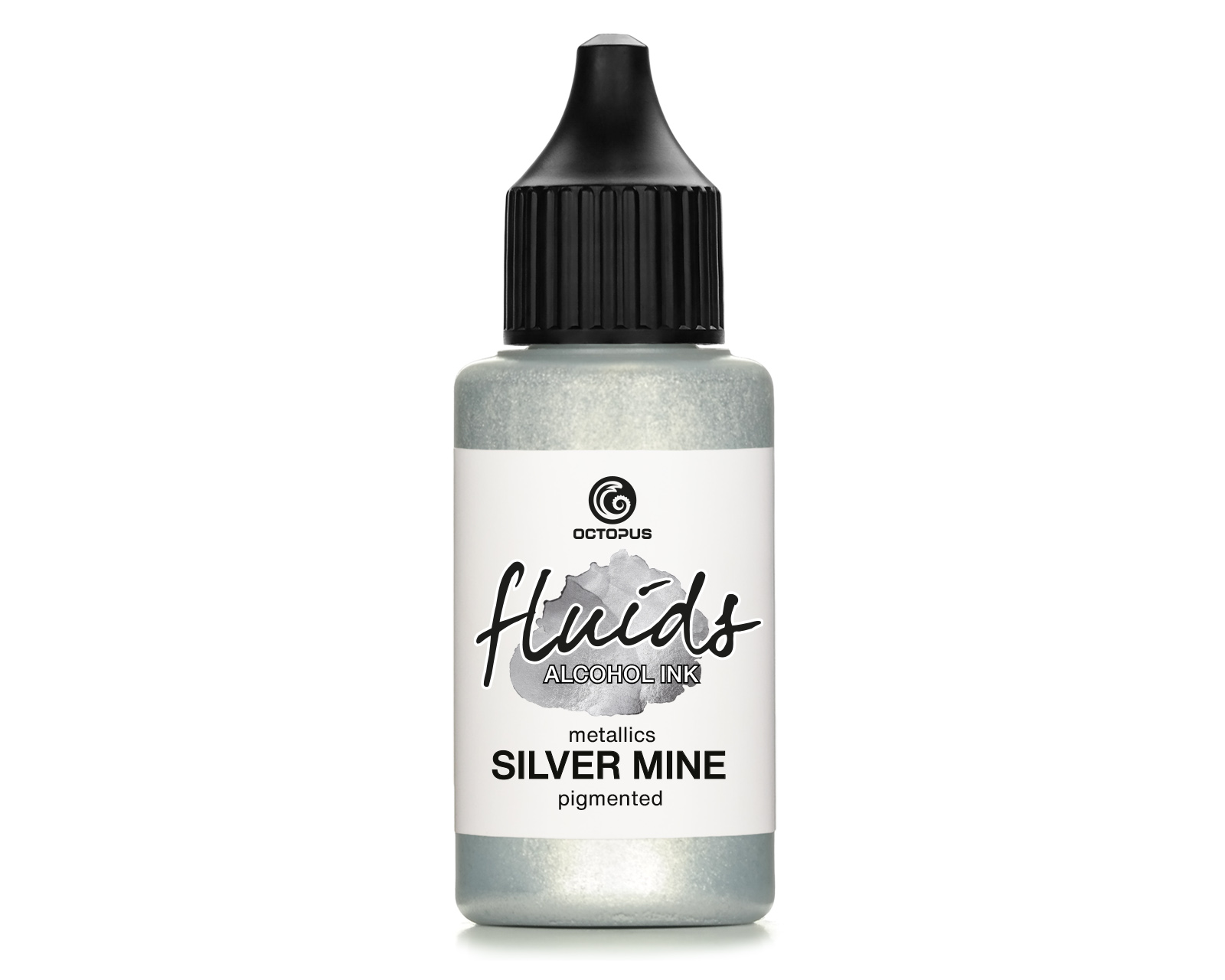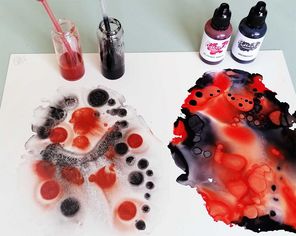Dyes or pigments? A short explanation of the lightfastness of Alcohol Inks
How light-resistant are alcohol inks?
Quite often we are asked the question if Alcohol Inks are light resistant. They are only partially lightproof and we will give you a short explanation why:
We distinguish between dyes (transparent) and pigments (non-transparent solid particles).
The basis of transparent alcohol inks is - as the name says - alcohol. Dyes are added to this, which dissolve completely in the alcohol and thus offer an optimal surface for UV rays to attack. Therefore, all dyes generally have only a low light resistance.
And why don't we just use pigments which have a very high light resistance?
Pigments are particulate substances that do not dissolve but always remain in their solid form and, depending on their composition, sink to the ground or float up (quite different from dyes).
You can easily recognize this by our metallics. The gold, silver or copper pigments are heavy, settle to the bottom of the bottle and must be shaken before each use. Due to their special composition, however, they will be washed up during use and thus produce the metallic effect, lines and flakes, which you love so much.
If all alcohol inks were to be based on pigments, the special properties that make alcohol inks so popular would be lost. The colours would not be transparent and you would not be able to create colour gradients. It is only through the use of pigments that alcohol inks develop their fascinating character: radiant and transparent colours that can flow into each other, mix or form completely new shades. For this reason pigments are only used selectively.
In order to protect the colour brilliance of your artwork and to increase the light resistance, you have to seal Alcohol Ink with a suitable colour protection. Special UV-protection sprays are suitable for fixing the Alcohol Inks. When choosing your varnish, make sure that it does not contain any alcohol, as this would dissolve the alcohol inks again.
 Octopus Fluids Alcohol Ink BLOODY MARY for fluid art and resin, red
Octopus Fluids Alcohol Ink BLOODY MARY for fluid art and resin, red
 Octopus Fluids Alcohol Ink SNOWFLAKE for fluid art and resin, white
Octopus Fluids Alcohol Ink SNOWFLAKE for fluid art and resin, white
 Octopus Fluids Alcohol Ink SILVER MINE for fluid art and resin, metallic silver
Octopus Fluids Alcohol Ink SILVER MINE for fluid art and resin, metallic silver














